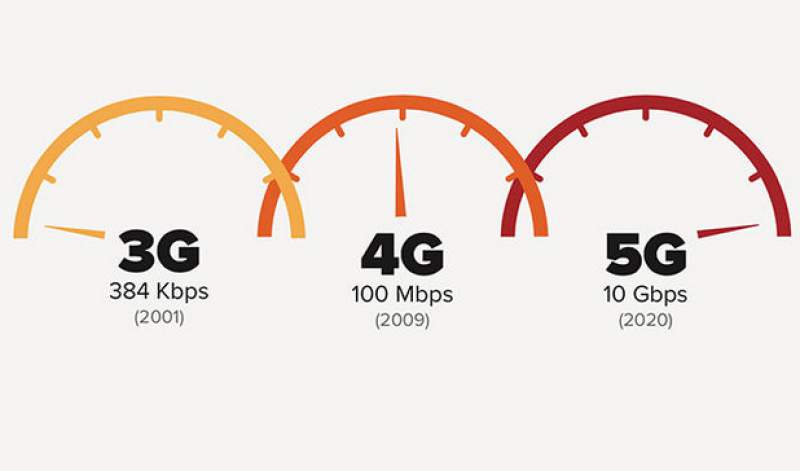 https://blog.seneca.it/wp-content/uploads/2021/02/5Gspeed.jpeg
https://blog.seneca.it/wp-content/uploads/2021/02/5Gspeed.jpeg
The increasing expansion of 4G technologies and the emergence of the first 5G networks are creating the optimal conditions for the abandonment of 3G.
In Italy more than one operator is going to divest 3G frequencies by 2021, since keeping the antennas on requires a lot of energy and the costs are now exceeding the benefits. But the phasing out of 3G networks affects many other countries around the World and represents an important step toward more comprehensive support of 4G and readiness for investment in 5G technology.
The decommissioning also concerns 3.5G, UMTS, HDSPA, HSPA+, WCDMA and other similar technologies as well as, to a more limited extent, 2G which, however, in the field of telemetering, remote alarm, remote control and IoT still retains an important position.
It is however conceivable that for a certain period of time devices connected through 3G technology and not enabled to 4G will be able to continue to make calls, send SMS and access the Internet.
In any case, it must be considered that the decision to put an end to these networks is not only due to economic reasons but also to performance and security reasons. Turning off a 3G network allows, for example, to drastically reduce electromagnetic emissions from antennas.
| Technology | 1G | 2G/2.5G | 3G/3.5G | 4G | 5G |
| Period | 1970 / 1984 1980 / 1990 | 1993 – 1980 / 1999 1999 / 2000 | 2001 – 1990 / 2002 2000 – 2010 | 2009 2000 / 2010 2010 – 2020 | 2018 – 2014 / 2015 2020 – 2030 |
| Bandwidth | 150 / 900 MHz | 25 MHz 900 MHz | 25 MHz 100 MHz | 100 MHz | 30..300 GHz 1000 x BW per unit area |
| Speed | 2 kbps | 14-64 kbps | 2 Mbps 144kbps..2Mbps | 200 Mbps 100 Mbps…1Gbps | >1Gbps |
| Frequency | 30 kHz (analog) | 1,8 GHz (digital) | 1,6..2,8 GHz | 2..8 GHz | 3..300 GHz |
| Tecnology / Access | Analog | GSM / TDMA, CDMA | CDMA, UMTS, EDGE | LTE / WiFi / WiMax / CDMA / | MIMO mWaves / OFDM / BDMA, www |
| Service | Mobile | Digital Voice / SMS, narrowband | Integrated HQ audio video, Broadband IP | Dynamic information access, variable devices, ultrabroadband (LAN / WAN / WLAN / PAN) | Dynamic information access, variable devices with AI, Wireless World Wide Band |
| Application | Wireless communication | Voice calls, SMS, multimedia digital communication, internet | Video conference, GPS, mobile TV, digital broadband communication, high-speed applications, security, roaming | TV, wearable technologies, high-speed and IP-enabled applications with global mobility | HD video streaming, remote control vehicles, robots, telemedicine applications very high speed, low latency |
SENECA transition
SENECA products are compatible with mobile radio technologies since the early 2000s and for some time have been at the center of a process of technological transition. SENECA has decided to replace 3G and 4G modems limited to Europe with new 4G worldwide modems able to support LTE Cat 1 and optimized specifically for M2M and IoT applications.
The data transmission technology of the new modems integrated in SENECA RTUs, data loggers and routers now offers a maximum data rate of up to 10 Mbps downlink and 5 Mbps uplink.
These are the products first affected by the transition.
| Product name | Equivalent articles codes valid from February 2021 with Worldwide 4G modem |
| Z-LTE | Z-LTE-WW |
| Z-PASS2 | Z-PASS2-4GWW |
| Z-PASS2-S | Z-PASS2-S-4GWW |
| Z-PASS2-S-E | Z-PASS2-S-E-4GWW |
Next up are the all-in-one controllers S6001-PC, S6001-RTU, S6001-RTU-E and the Z-MODEM-3G industrial modem.